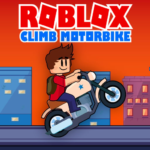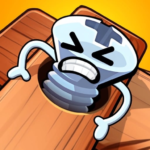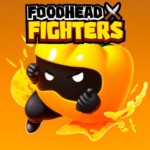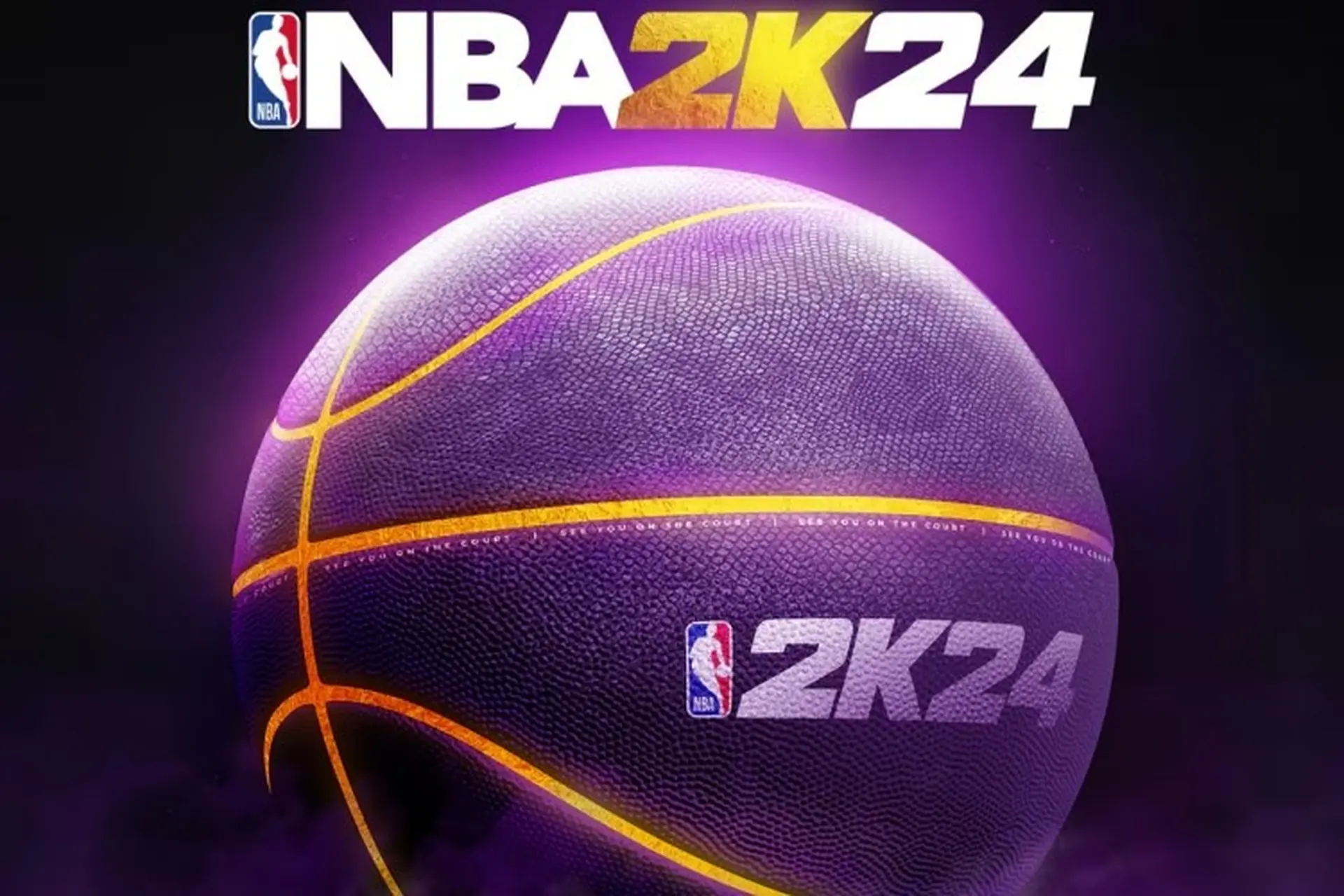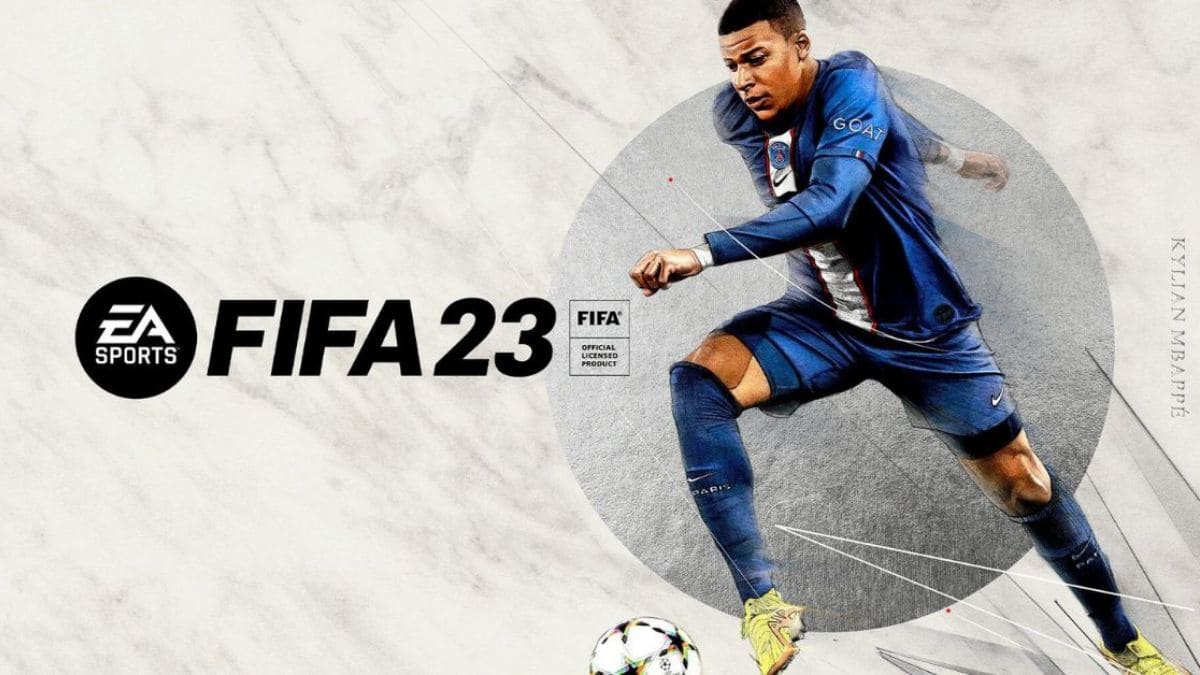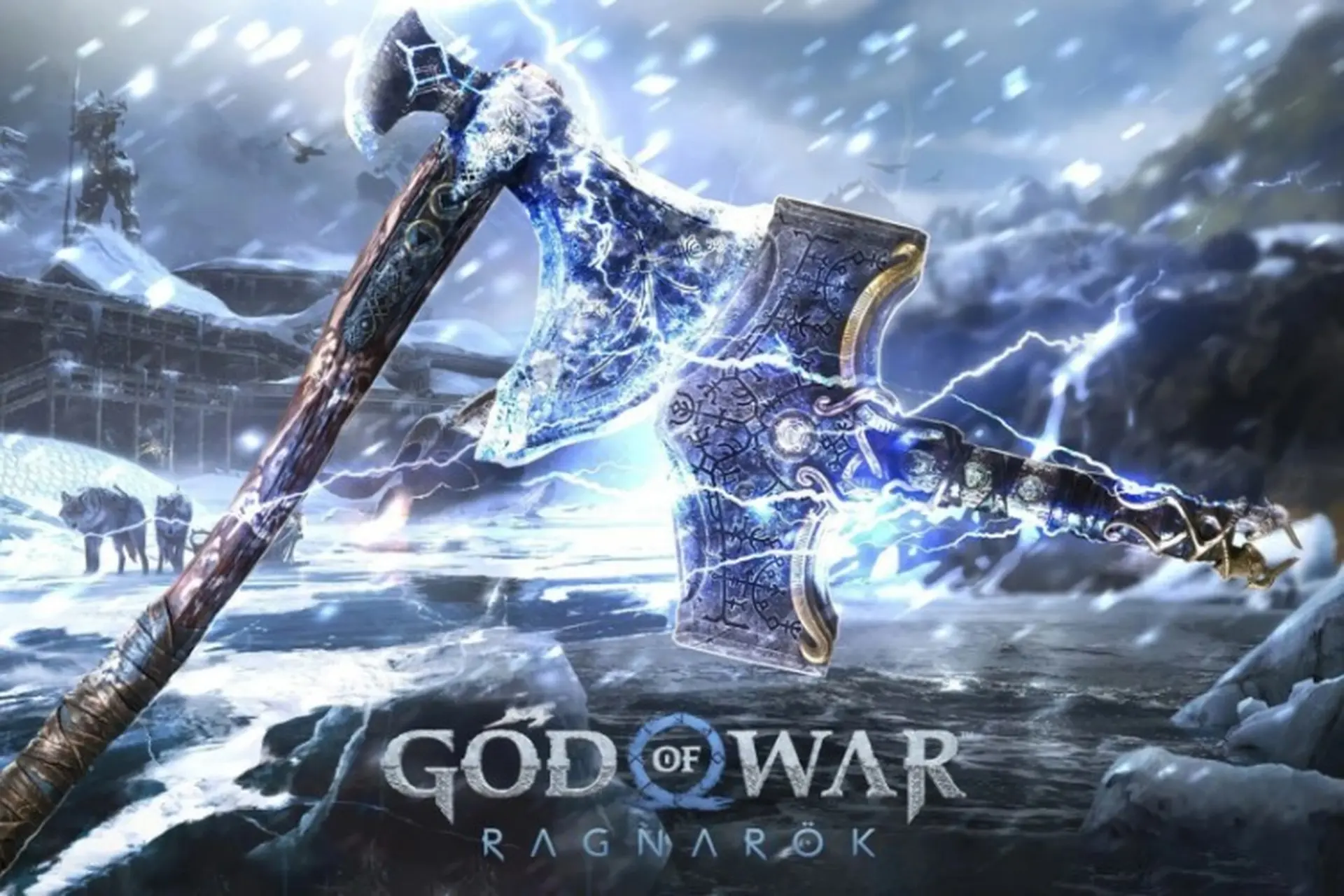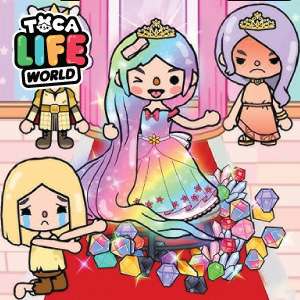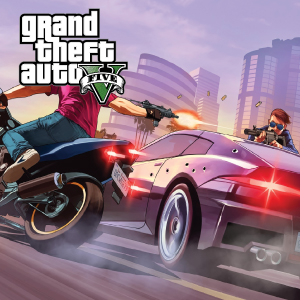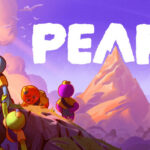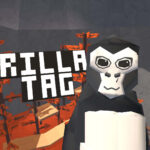Introduction
In the vast world of mobile gaming, few titles have reached the iconic status and staying power of Candy Crush Saga. First released in 2012 by King, the game quickly became one of the most played and downloaded mobile games in history. With its colorful candy-themed visuals, addictive match-three mechanics, and constantly expanding levels, Candy Crush Saga has captivated players of all ages across the globe. It’s more than just a game—it’s a cultural phenomenon that helped define mobile gaming in the 2010s and continues to thrive today.
The game’s simple yet challenging gameplay, combined with rewarding progression and social integration, has made it an evergreen title. Despite its age, Candy Crush is still one of the top-grossing apps worldwide, proving that its magic isn’t just sugar-coated hype. This article explores the journey of Candy Crush Saga from its humble beginnings to its present-day legacy, unpacking the mechanics, design, monetization, and cultural impact that make it so enduring.
1. The Birth of a Mobile Giant
Candy Crush Saga was developed by King and launched in April 2012 for Facebook, later expanding to iOS and Android platforms. Built upon the match-three puzzle format popularized by games like Bejeweled, it introduced a narrative twist, vibrant aesthetics, and level-based progression that encouraged players to keep going.
Within months of its mobile launch, Candy Crush had millions of daily players. By 2014, it had surpassed 500 million downloads. King, once a relatively unknown developer, became a major player in the mobile market, eventually going public and later being acquired by Activision Blizzard in 2016.
Pros:
-
Highly accessible and easy to learn
-
Cross-platform play boosted early adoption
-
Social media integration accelerated viral growth
Cons:
-
Derivative of existing match-three titles
-
Early reliance on Facebook invitations alienated some players
Rating: 7.8/10
2. Gameplay Mechanics and Match-Three Magic
At its core, Candy Crush Saga is a match-three puzzle game. Players swap adjacent candies on a grid to form matches of three or more of the same color. Matching more than three creates special candies with unique abilities, such as striped or wrapped candies and color bombs.
Each level has specific objectives: clear jelly, reach a certain score, or drop ingredients to the bottom. The introduction of limited moves adds strategic tension, while randomization ensures no two games play exactly the same.
H3: Types of Special Candies
-
Striped Candy: Clears an entire row or column
-
Wrapped Candy: Explodes in a 3x3 area
-
Color Bomb: Eliminates all candies of a selected color
Pros:
-
Intuitive mechanics allow immediate play
-
Variety of power-ups adds excitement
-
Smart level design teaches mechanics progressively
Cons:
-
Random candy generation can feel unfair
-
Some levels rely too heavily on luck rather than skill
Rating: 8.2/10
3. Level Design and World Progression
One of Candy Crush’s strongest features is its level-based progression. The game is split into episodes, each with its own visual theme and a sequence of levels. As of 2025, there are over 14,000 levels, ensuring near-endless gameplay.
Early levels are simple and designed to teach, while later levels introduce blockers like chocolate, licorice, and multi-layered jellies that increase difficulty. Some levels require puzzle-like planning, while others reward fast combos and chain reactions.
H4: Common Blockers in Later Levels
-
Chocolate: Spreads if not cleared
-
Licorice: Blocks the effects of special candies
-
Spawners: Continuously generate obstacles
Pros:
-
Gradual increase in complexity
-
Visually varied themes prevent fatigue
-
New level types keep gameplay evolving
Cons:
-
Sudden difficulty spikes can frustrate
-
Some levels require boosters or luck to pass
Rating: 8.5/10
4. Boosters and In-Game Power
Boosters are Candy Crush’s way of helping players overcome tough levels. Players earn or buy them, and they range from Lollipop Hammers that destroy a single candy to the Color Bomb that clears all candies of one color.
These items can be activated before a level or during play. Players also receive daily boosters and can spin wheels or complete challenges to earn more, adding layers of strategy and resource management.
List of Common Boosters:
-
Lollipop Hammer
-
Jelly Fish
-
Free Switch
-
Coconut Wheel
-
UFO
Pros:
-
Boosters offer multiple ways to solve levels
-
Encourages creative solutions
-
Earnable through play or purchase
Cons:
-
Heavy reliance on boosters in later stages
-
Some feel the game pushes purchases too aggressively
Rating: 7.9/10
5. Monetization and Microtransactions
Candy Crush is free-to-play, but its revenue model is built on in-app purchases. Players can buy boosters, extra lives, or moves to help complete difficult levels. These transactions are optional but become tempting as the difficulty increases.
The monetization is subtle in early stages but ramps up in later levels. While it’s possible to play entirely for free, many players eventually spend to bypass frustrating moments or to keep up with friends in leaderboards.
Pros:
-
No forced purchases; game is fully playable without paying
-
Regular promotions and rewards reduce the need to buy
-
Provides income for ongoing development
Cons:
-
Later levels feel designed to encourage spending
-
Children may inadvertently spend money without supervision
Rating: 7.5/10
6. The Role of Social Integration
Social elements were critical to Candy Crush’s early success. The Facebook version allowed players to send and receive lives, unlock episodes by asking friends, and compare scores on leaderboards. This built a sense of community and gentle competition.
Over time, the social features expanded to mobile versions. Events and team challenges let players collaborate. The ability to see your friends’ progress added motivation and a personal touch to the experience.
Pros:
-
Encourages friendly competition
-
Team features add cooperative elements
-
Leaderboards provide motivation
Cons:
-
Some players disliked constant notifications
-
Facebook integration required too many permissions early on
Rating: 8.0/10
7. Graphics, Sound, and Presentation
Visually, Candy Crush Saga is bright, colorful, and polished. The candy-themed design is instantly recognizable, with sparkling effects and smooth animations that make every match satisfying. The UI is clean and responsive, even on older devices.
Sound effects, like the voice announcing “Delicious!” or “Tasty!” during combos, reinforce progress and reward. Background music is cheerful, although some players mute it after extended play.
Pros:
-
Crisp, appealing visuals that suit the theme
-
Rewarding sound design that enhances feedback
-
Runs well on a wide range of devices
Cons:
-
Some visuals can be overstimulating over long sessions
-
Limited music variety
Rating: 8.3/10
8. Events, Seasons, and Challenges
To maintain player interest, King regularly introduces events and time-limited challenges. These include special themed maps, holiday events, competitions, and mini-games like the Candy Cup or Rainbow Rapids.
These events often offer valuable boosters, gold bars, or exclusive cosmetics. Seasonal events like Halloween or Christmas-themed episodes not only provide visual variety but offer creative gameplay twists.
Pros:
-
Keeps gameplay fresh and rewarding
-
Encourages daily play and return visits
-
Themed events appeal to both casual and competitive players
Cons:
-
Some events favor paying users
-
Event frequency can feel overwhelming for casual players
Rating: 8.1/10
9. Cultural Impact and Longevity
Candy Crush Saga is not just a game—it’s a cultural landmark. With over 3 billion downloads, it became one of the most played games in history. It was featured in TV shows, used in advertising campaigns, and even played by celebrities.
Its impact was especially strong among non-traditional gamers. It brought millions of adults and seniors into mobile gaming, proving that accessibility and fun matter more than photorealism or complexity.
Pros:
-
Universally recognizable across generations
-
One of the first major mobile gaming successes
-
Broadened the definition of who can be a “gamer”
Cons:
-
Sometimes dismissed as a “casual” game
-
Oversaturation of clones and spin-offs in the app market
Rating: 8.7/10
10. Evolution and the Future of Candy Crush
Even after a decade, Candy Crush Saga shows no signs of slowing down. King continues to update the game weekly, adding new levels, mechanics, and events. The success has also led to spin-offs like Candy Crush Soda Saga and Candy Crush Jelly Saga.
With ongoing player engagement, potential AR integrations, and further social enhancements, the game is likely to remain a staple in mobile gaming for years to come.
Pros:
-
Regular updates keep the game alive
-
Expanding into new formats and spin-offs
-
Built-in player loyalty from long-term users
Cons:
-
Innovation is slower compared to new titles
-
Potential fatigue from repetitive gameplay
Rating: 8.4/10
Conclusion
Candy Crush Saga is a masterclass in mobile game design. What started as a simple match-three puzzle evolved into a global sensation that defined a genre and shaped the entire mobile gaming landscape. With its colorful design, addictive gameplay loop, and continuous innovation, it has managed to stay relevant for over a decade.
Despite some criticisms around monetization and difficulty scaling, its broad appeal, technical polish, and endless content make it a standout title in the casual gaming space. Whether you're playing for five minutes on a commute or grinding through hundreds of levels, Candy Crush continues to satisfy the craving for sweet, strategic fun.
Final Expert Rating: 8.5/10 – A brilliantly crafted mobile masterpiece that balances simplicity, challenge, and accessibility in a way few games ever achieve.
















